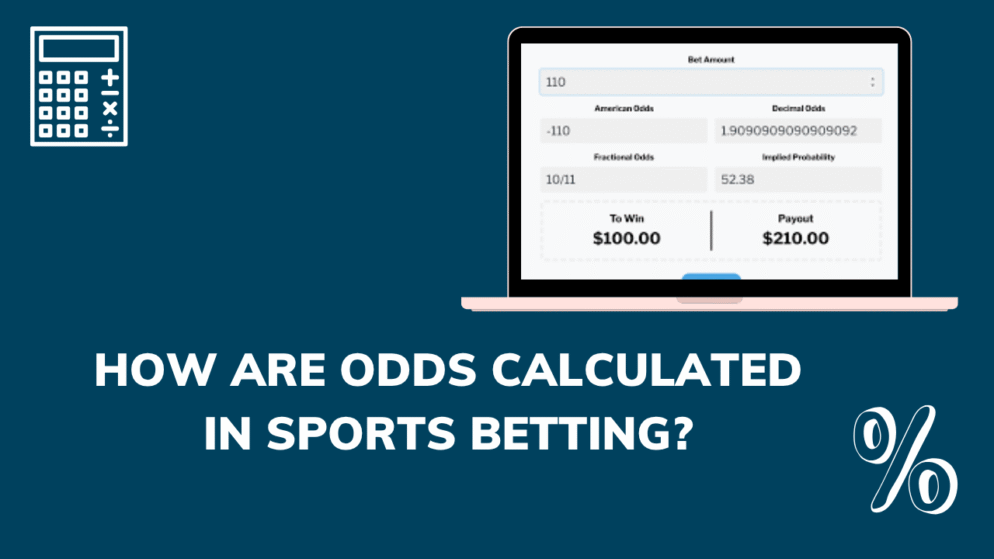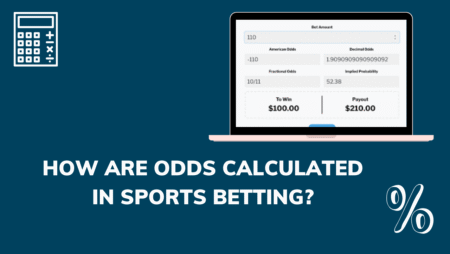

Sports betting has exploded in popularity, with millions of people placing wagers on everything from football games to tennis matches. But have you ever wondered how bookmakers determine those odds you see displayed? Understanding the mechanics behind odds calculation can give you valuable insight into the betting world and help you make more informed decisions.
The Foundation: Probability Assessment
At its core, odds calculation begins with probability assessment. Bookmakers employ teams of analysts, statisticians, and former athletes who evaluate countless factors to determine the likelihood of various outcomes. For a basketball game, they might consider team records, player injuries, home court advantage, recent performance trends, head-to-head matchups, and even weather conditions for outdoor venues.
These experts don’t rely on gut feelings. They use sophisticated statistical models that process historical data, current form metrics, and real-time information. Advanced algorithms analyze thousands of data points to generate initial probability estimates for each possible outcome.
Converting Probability to Odds
Once probabilities are established, they’re converted into odds using mathematical formulas. If a team has a 60% chance of winning, the fair odds would be calculated as 1 ÷ 0.60 = 1.67 in decimal format, or approximately 2/3 in fractional odds.
However, bookmakers don’t offer fair odds. They build in a profit margin called the “vig” or “juice.” This margin ensures the sportsbook makes money regardless of the outcome. For example, if the true probability suggests odds of 2.00 (+100), the bookmaker might offer 1.91 (-110) instead, keeping the difference as their commission.
Market Forces and Line Movement
Initial odds are just the starting point. Once released to the public, odds become dynamic and responsive to betting action. If large amounts of money pour in on one side, bookmakers adjust the odds to balance their liability and encourage action on the other side.
This creates a fascinating interplay between mathematical models and market sentiment. Sharp bettors often identify discrepancies between their calculated probabilities and the bookmaker’s odds, leading to quick line movements as sportsbooks react to professional action.
Different Odds Formats Explained
Odds appear in various formats depending on your location. American odds use plus and minus signs (+150 or -200), where positive numbers show potential profit on a $100 bet, and negative numbers indicate how much you must wager to win $100. Decimal odds (2.50) show your total return including your stake, while fractional odds (3/2) display the profit relative to your stake.
The Role of Technology
Modern odds calculation relies heavily on technology. Machine learning algorithms continuously update probability assessments based on new information. Some sportsbooks even adjust odds in real-time during games, incorporating live statistics, momentum shifts, and in-game developments.
Data feeds from multiple sources ensure bookmakers have access to the most current information, from injury reports to weather updates. This technological infrastructure allows for rapid odds adjustments and more accurate probability assessments.
Understanding the House Edge
Remember that sportsbooks are businesses designed to profit over time. The built-in margin means that even perfectly random betting would result in losses for the bettor. Successful sports betting requires finding situations where your probability assessment differs significantly from the bookmaker’s implied probability.
By understanding how odds are calculated, you can better evaluate whether a bet offers genuine value. This knowledge transforms betting from pure gambling into a more strategic endeavor where informed analysis can provide an edge over time.






